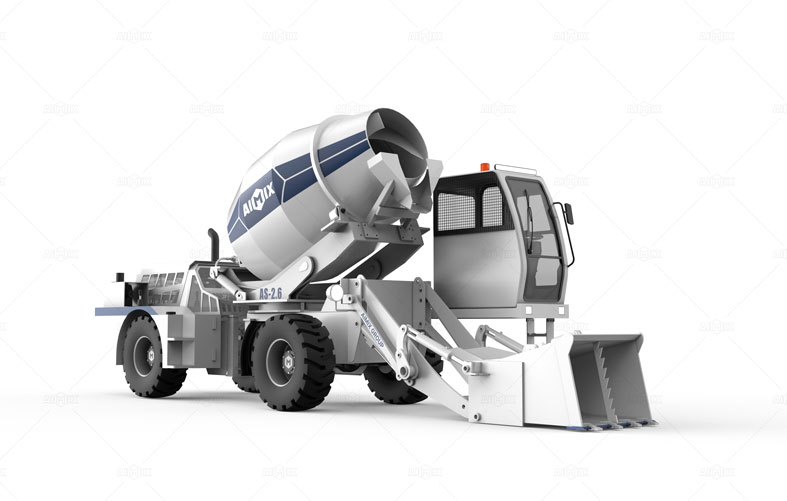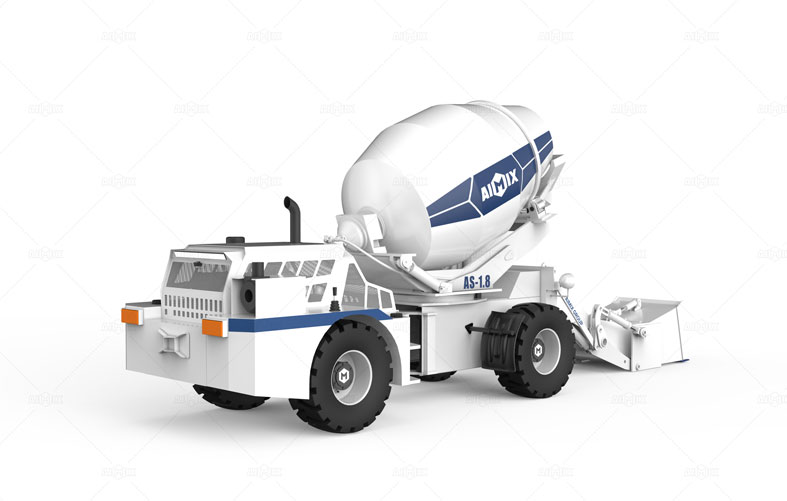In the realm of modern construction, self-loading cement mixers have emerged as game-changing equipment that combines material handling, precise batching, and mixing into a single mobile unit. These innovative machines promise unparalleled convenience, but their true potential is only realized when operators master the nuances of their weighing and batching systems. Achieving consistent, specification-compliant concrete mixes requires more than just loading materials – it demands a thorough understanding of the sophisticated measurement technologies that make these mixers so revolutionary.
The margin for error in concrete production is remarkably slim. A variance of just 2-3% in water-cement ratio can compromise structural integrity, while improper aggregate proportions affect workability and finish quality. Modern self loading cement mixer incorporate advanced weighing systems capable of ±1% accuracy, but this precision depends entirely on proper calibration, operation, and maintenance practices. When these elements align, contractors gain not just mobility, but laboratory-grade batching capability at the job site.

Calibration Protocols for Optimal Accuracy
Establishing Baseline Measurements
Before trusting a mixer’s onboard weighing system, operators must conduct comprehensive calibration checks using certified test weights. This process verifies load cell responsiveness across the entire measurement range, from empty bucket weight to maximum capacity. Smart mixers with digital interfaces often include built-in calibration routines, but these should be supplemented with physical verification using known weights at least monthly, or whenever the machine is relocated to a new site.
Environmental Compensation Factors
Temperature fluctuations and uneven terrain significantly impact weighing accuracy. High-quality self-loading large concrete mixers incorporate automatic compensation algorithms that adjust for thermal expansion of components and minor inclines. However, operators should still perform calibration checks when ambient temperatures change by more than 15°C or when working on slopes exceeding 5 degrees. Some advanced models use inertial measurement units to detect and correct for ground unevenness in real-time.

Material Loading Techniques for Consistent Batching
Sequenced Loading Methodology
The order in which materials enter the mixer affects both measurement accuracy and mixing efficiency. Best practice dictates loading coarse aggregates first, followed by sand, then cement – this sequence minimizes particle interference during weighing. Water should be added incrementally, with the mixer’s moisture sensors monitoring aggregate dampness to automatically adjust the total water requirement. This layered approach prevents material bridging in the weighing hopper that could lead to measurement errors.
Moisture Management Strategies
Variable aggregate moisture content represents one of the most challenging aspects of precise batching. Modern systems utilize microwave moisture sensors that penetrate material piles to provide real-time water content readings before loading. This data integrates with the concrete mixer machine‘s batch computer to dynamically recalculate the ideal water-cement ratio, ensuring consistent slump regardless of weather conditions or aggregate storage methods.
Verification and Quality Control Processes
Real-Time Performance Monitoring
Sophisticated self-loading mixers provide continuous batching analytics through touchscreen interfaces, displaying weight measurements for each component as loading occurs. Operators should monitor these readings for sudden deviations that might indicate sensor issues or material handling problems. Some systems can store hundreds of batch records, creating traceability that’s invaluable for quality assurance documentation and troubleshooting inconsistent results.
Onsite Quality Verification
While the mixer’s internal systems provide excellent precision, prudent operators conduct periodic manual verification tests. Simple checks like weighing a known volume of aggregates on a platform scale or comparing mixer water meter readings against calibrated containers help validate system accuracy. For critical applications, taking samples for slump tests and compressive strength verification provides the ultimate confirmation of batching precision.
Mastering the weighing and batching capabilities of a self-loading cement mixer for sale in jamaica transforms it from a simple mixing appliance to a precision concrete production plant. The difference manifests in stronger structures, reduced material waste, and projects completed without quality-related delays. By implementing rigorous calibration protocols, optimized loading techniques, and thorough verification processes, contractors can harness the full potential of these remarkable machines – achieving batching accuracy that rivals stationary plants with the convenience of true mobility.